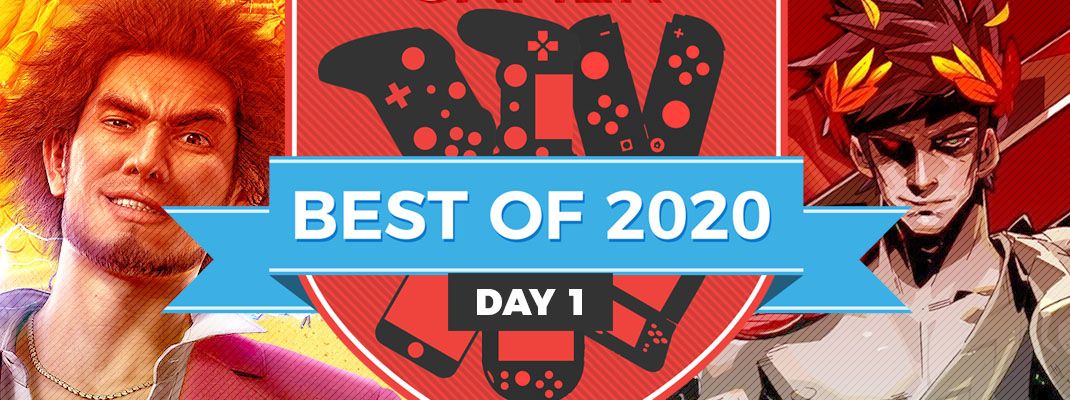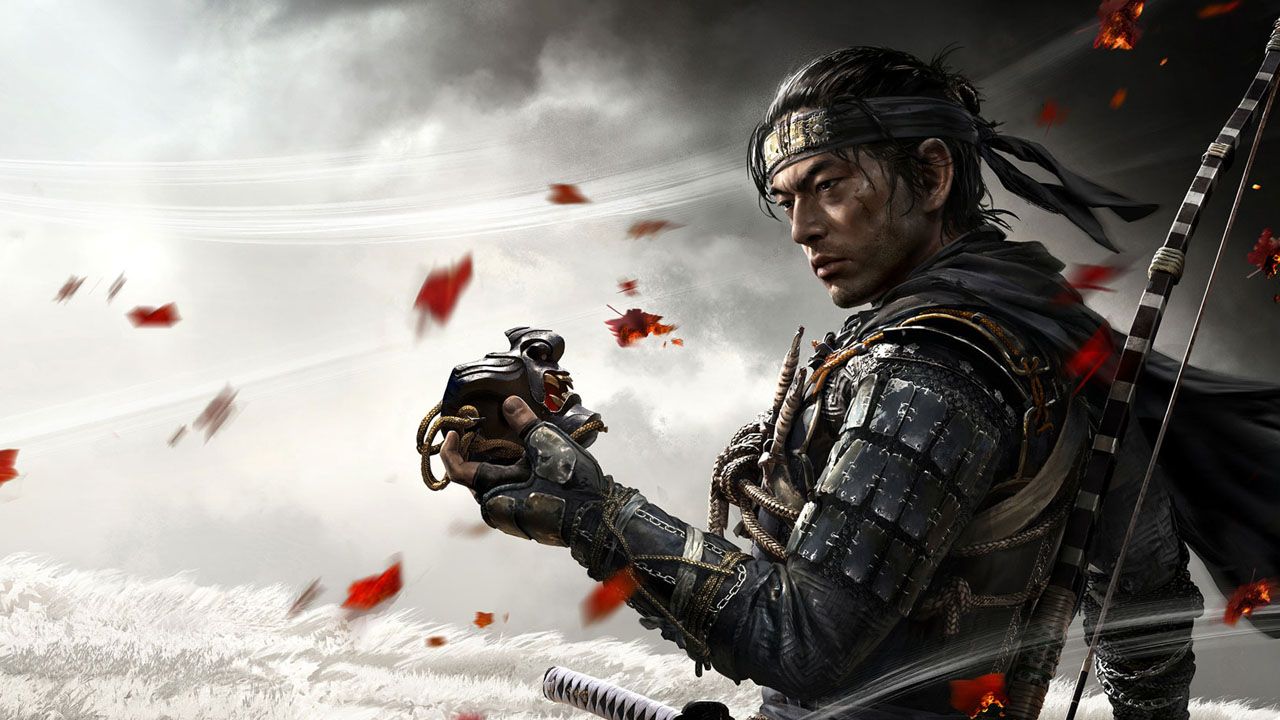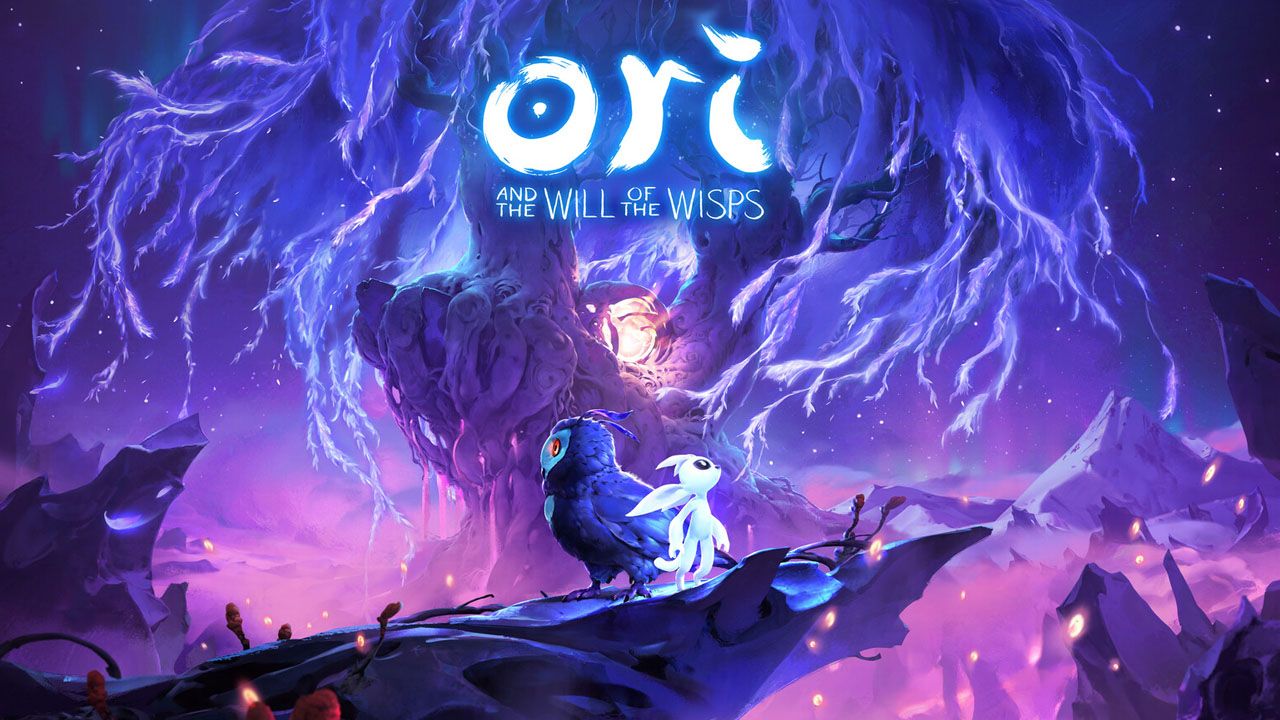Quick Links
Over the next eight days, Hardcore Gamer will be revealing its Best of 2020 Awards leading up to our Game of the Year. Today we present you with the Best of Story, Soundtrack, Performance, Technical Graphics and Artistic Design. Please note that Cyberpunk 2077 did not meet our eligibility deadline for Best of 2020 Awards, but will qualify for consideration in our 2021 awards alongside any game released after December 9.
Ghost of Tsushima
Ghost of Tsushima was a fantastic game in many ways, but the aspect that probably caught most Sucker Punch fans off-guard was the strength of its story. Sucker Punch games have told fun and interesting stories before, but Ghost of Tsushima’s tale is on another level entirely. It helps that the story is based on the real-life Mongol invasion of Japan in 1274, but the real meat is in the characters and how they deal with this existential threat. Jin Sakai’s transformation from a noble samurai into the titular “Ghost of Tsushima” is particularly compelling. He doesn’t just immediately abandon his values. Instead, his transformation is slow, one step, setback and kill at a time. His allies react appropriately too, with each taking a different view of his journey. It’s not even clear if Jin’s way is even correct, as the game allows for both the way of the ghost and the way of the samurai most of the time. Do the ends justify Jin’s means? Perhaps, but that doesn’t matter. Jin Sekai pays a price for it either way and seeing it all unfold is something truly special.
Ori and the Will of the Wisps
A gorgeous, fulfilling world to immersive in is nothing without the music that accompanies it. While some games can get away without an audible accompaniment, Ori and the Blind Forest was one of such cases where the soundtrack not so much helped the game achieve its emotional impact, but heightened it to even greater levels. From the moment Gareth Coker sat atop the Xbox stage at E3 2017 to introduce Ori and the Will of the Wisps, you could tell that that same on-point, heart-tugging affection for melody and harmony was there. Coker’s impeccable balance of piano, strings and wordless vocals has become something of a signatory trait for the British composer. Much like what Mick Gordon has brought to DOOM with how integral that game’s sound is to the overall tone and player mentality, Gareth Coker’s brilliant rendition of a fantastical, melancholic landscape of both awe and danger was rarely absent. There was a lot this year’s sequel carried through from the original so successfully and it’s pleasing to see that the soundtrack, in all its emotional weight and melodic detail, was one of them.
Ghost of Tsushima
There was a time when there was no such thing as a “performance” in video games. Characters were either 2D sprites or rough 3D models brought to life with animations, sound effects and text windows. While those days have long since passed, many modern game still treat their characters as simple avatars and automated quest-givers. Then there are games like Ghost of Tsushima, which hinge greatly on successfully bringing their characters to life. Granted, Ghost of Tsushima would still be a decent game overall if Jin Sekai and the other major characters were the usual sort of bland and generic. After all, it already has a beautiful world, a well-written plot, satisfying combat and interesting questlines. Ghost of Tsushima’s characters are most certainly not bland, however, and that’s mainly due to the strength of their actor’s performances. From the motion capture to the voice-acting particularly, every major character in Ghost of Tsushima is played in a way that not only makes them believable, but compelling too. Players can feel Jin’s struggle, understand Shimura’s stubbornness and even consider Khotun Khan’s arguments for a moment. None of that would’ve been possible without the strongest of performances to bring it all to life.
Ghost of Tsushima
Despite the recent start of the newest generation of consoles, Sucker Punch Productions has managed to outshine these upgraded platforms in 2020 with the staggering visuals of Ghost of Tsushima. From jaw-dropping landscapes to observe and explore, to particles of mud and blood flying through the air during many of the intense battles, the islands of Tsushima constantly impress and amaze with their gorgeous vistas and sheer attention to detail. Players who take advantage of the top-notch Photo Mode can truly appreciate the minutiae of the world, with Jin’s outfits and weapons deserving a particular shoutout for the hard work put in by the designers to make them both visually consistent and historically accurate. Despite strong competition over the past twelve months, Ghost of Tsushima has emerged as the best-looking game of the year and players who partake in Jin’s journey will be hard-pressed to find a more stunning presentation across the PS4’s wide library of titles.
|
Runner-Ups |
|||
Ghost of Tsushima
In the opening hour of Ghost of Tsushima, players will soon find themselves riding on horseback across a vast environment filled with white flowers to trample as birds soar through the sky and hills populated with trees covered in golden leaves linger in the distance. This breathtaking display of nature remains a prevalent theme throughout Jin’s journey, as Sucker Punch repeatedly employs brilliantly bright and varied colors in the trees and flora that few other AAA games dare to use. Beautiful sunsets and atmospheric thunderstorms can instantly create calm or tense moods as the player approaches their next destination, while Jin himself can be adorned in colorful and historically-inspired outfits to instill fear in his enemies and relief from the island’s inhabitants. Few other open worlds over the years have produced such a strong sense of wonder and awe from its visuals alone, and that’s largely due to the incredible artistic design of Ghost of Tsushima.



















